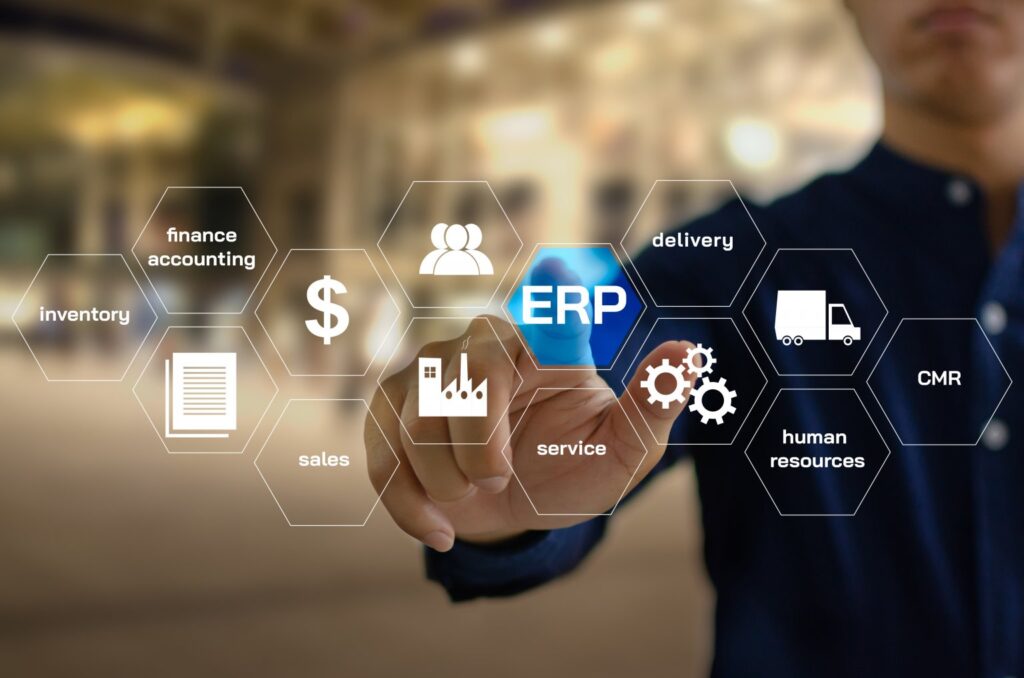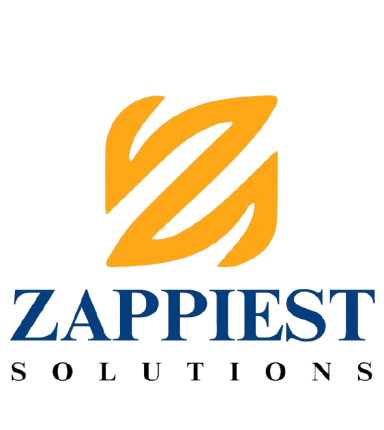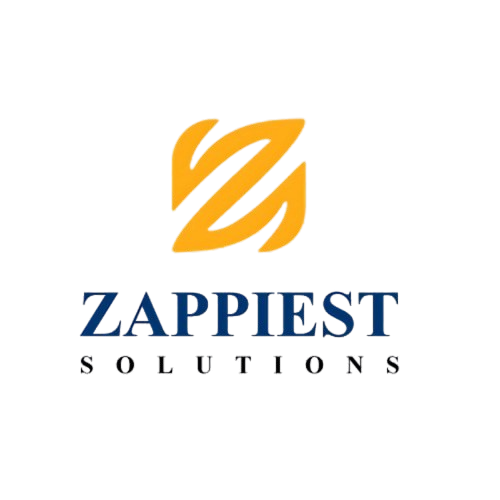
The New Face of School Administration
With all schools under the pressure to work with less, there has never been a greater need for such smart, efficient management systems. Whether they are trying to stretch their tight budgets or meet strict academic standards, school administrators are looking for solutions to make their operations more efficient and improve the quality of education. And that’s where ERP (Education Resource Planning) software comes in.
Integration of Administration and Other Services
School ERPs bring together countless types of administrative tasks in one place. This brings together or combines data from different sources, cutting back manual intervention and unnecessary repetitions and reducing chances of human errors. Schools can reclaim time and staff energy, also, by automating the mundane stuff and focusing instead on academic and developmental priorities. The benefits of efficiency realized from implementing an ERP are there in hard dollar terms over the long term.
Immediate Resource Access
With integrated data analytics and reporting tools at their fingertips, school leaders can detect inefficiencies, base decisions on data and budget strategically. So, a given degree of monitoring makes it possible to avoid waste, to correctly utilize resources, and to respond promptly to shifts in needs.
Improving Student Performance Tracking
Out of operations, a School management system also has a great hand in driving academic success. The system offers access to student performance records; such as grades, attendance, behavior logs, and learning progression. Education providers can utilize this data to early identify students with challenges, personalize instruction and involve parents in more informed ways. In a system which measures educational success by results, you need the data to get it right and you need to be able to access it. ERP can help schools create an interactive and encouraging learning atmosphere.
Promotion of Collaboration and Communication
One of the cornerstones of education is the information sharing between teachers, students, and parents. While sometimes not the most intuitive, most ERP systems facilitate collaboration by providing messaging functionality, notification systems, and employee and vendor portals to keep everyone in touch. Teachers can post assignments, deliver feedback and engage with parents in real-time. This perpetual \simple” communication increases transparency and enhances the health of the learning ecosystem overall.
Scalable for Future Growth
Among other advantages school ERP systems offer, scalability stands out. If a school is growing its number of students, adding new campuses, or launching a new program, ERPs can adjust according to these changing requirements. This flexibility means that schools are not just fixing a problem today; they are laying a path for future growth. The cost-effective prospect of being able to scale without incurring an unwieldy added investment is what makes ERPs a future-proof in the Education Management market.
Data Security and Compliance
With digital data increasingly in focus, schools should make data security a priority. Security Features All major ERP systems have strong security access is encrypted, users are authenticated, and role-based access controls are used. They are also designed to meet FERPA and other state privacy laws. Secure ERP systems enable schools and educational institutions to easily manage data, with full confidence for students, parents and regulatory authorities.
Seamless Adoption with Training and On-boarding
The implementation of an ERP software in an educational setting demands extensive planning, in particular regarding the training of employees and onboarding the users. The richest rollouts are characterized by ample training programs, continuous support, and user-friendly gateways that allow teachers and hosting administrators to modify their offerings. If there is the kind of trust expressed in the users and comfort travels through their veins as they physically interact with the system, ERP value will be seen faster. This simplicity also promotes system adoption across the board and ensures that the system is a daily-use aspect of the school rather than an obstacle.
Building a Continuous Improvement Culture
One of the most powerful elements of an ERP system may be its capability to create a culture of continuous improvement within a school. With access to real-time information and practical insights, decision makers can consistently assess what’s working and what’s failing — and make adjustments as needed. This data-based approach enables schools to smartly and strategically innovate and continue to live their mission of providing high-quality education.
Well Worth Its Cost: An Investment in the Future of Our Education
Ultimately, an ERP system is not just about saving money, but rather an investment in the future. Institutions choosing to rely on a modern ERP system are able to offer excellent education, operate more effectively, and stay competitive in an evolving world. The ROI is not just financial but academic (student success), employee (staff morale) and institutional (resilience). In a time when every dollar and every decision matter, ERP technology becomes a game changer in the education industry.

